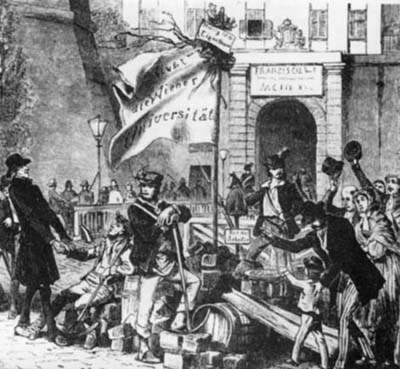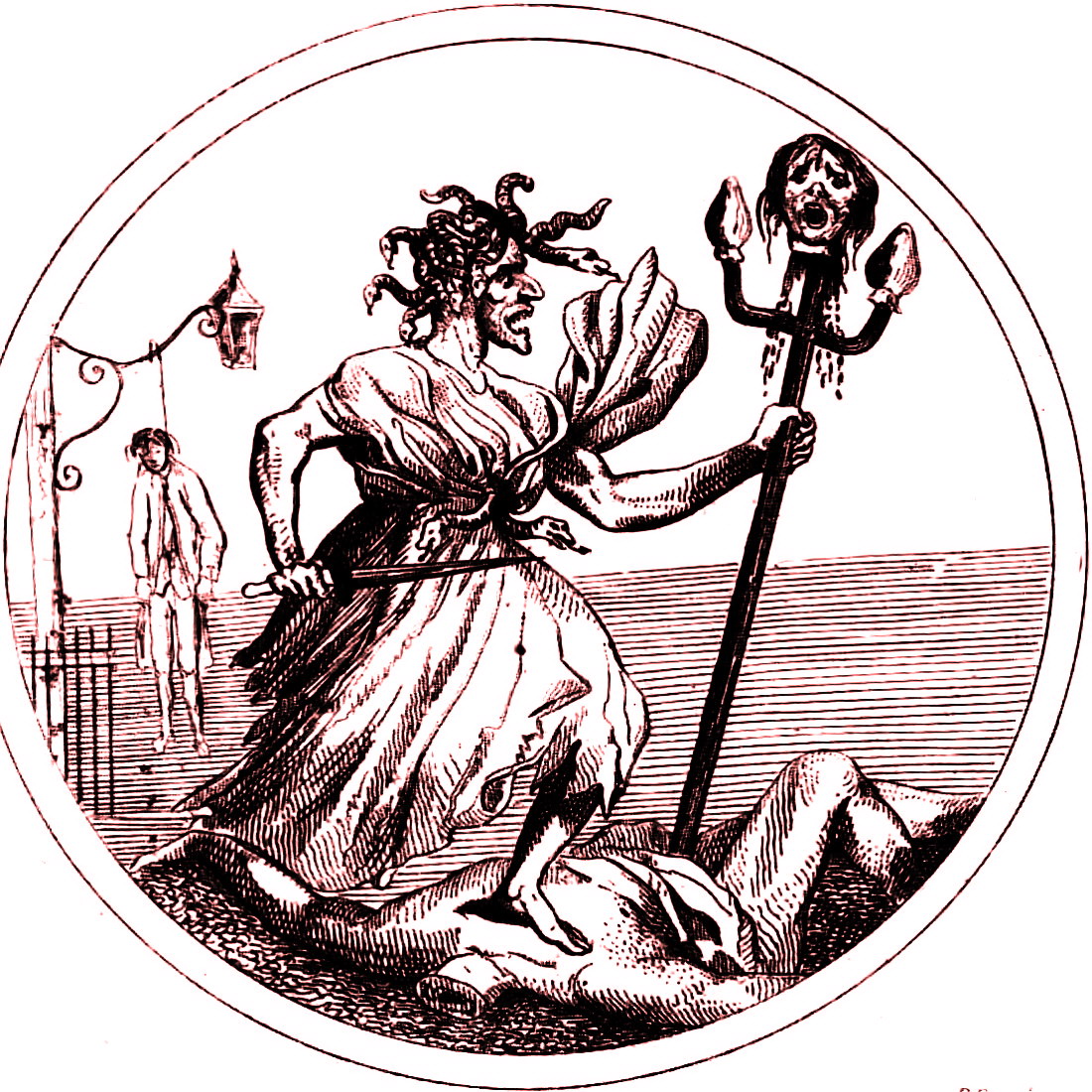|
Charles-Louis De Ficquelmont
Karl Ludwig, Count of Ficquelmont (; french: Charles-Louis comte de Ficquelmont; 23 March 1777 – 7 April 1857) was an Austrian aristocrat, statesman and Field marshal of the Austrian Imperial army of French noble origin. Biography French nobleman He was born Gabriel-''Charles-Louis''-Bonnaventure, '' Count de Ficquelmont'' at the Castle of Dieuze, in his family's estate in the present-day French département of Moselle. A member of a noble family from Lorraine dating back to the 14th century (''House of Ficquelmont''), he was introduced to King Louis XVI at Versailles in 1789. Only a few months later, the French Revolution started. His family, as aristocrats, were targeted by the Revolution; several of his relatives were beheaded and many of their estates were confiscated during the ''Terreur'' era. Ficquelmont chose to join the " Army of the Princes" fighting against revolutionary France. Austrian military He eventually entered the military service of the Habsburg monar ... [...More Info...] [...Related Items...] OR: [Wikipedia] [Google] [Baidu] |
Erlaucht
His/Her Illustrious Highness (abbreviation: H.Ill.H.) is the usual English-language translation for ''Erlaucht'', a style historically attributed to certain members of the European aristocracy. It is not a literal translation, as the German word for "Highness" is ''Hoheit'', a higher style that appertained to sovereign dukes and other royalty. Usage Ancient "Illustrious Highness" is used to translate the Middle High German word ''Erlaucht'' (german: erleuchtet) eventually borne by Imperial counts, similar to the later ''Durchlaucht'' ("Serene Highness") which was reserved for the ''Reichsfürsten'' (Princes of the Holy Roman Empire). Modern From the Early modern period, the style ''Erlaucht'' has been used by the members of those comital families ('' Reichsgrafen'') who, like the ''Reichsfürsten'', held the status of Imperial immediacy. They retained it even after the German Mediatisation of 1802/03, confirmed by the Bundesversammlung of the German Confederation in 1828. ... [...More Info...] [...Related Items...] OR: [Wikipedia] [Google] [Baidu] |
Count
Count (feminine: countess) is a historical title of nobility in certain European countries, varying in relative status, generally of middling rank in the hierarchy of nobility. Pine, L. G. ''Titles: How the King Became His Majesty''. New York: Barnes & Noble, 1992. p. 73. . The etymologically related English term "county" denoted the territories associated with the countship. Definition The word ''count'' came into English from the French ''comte'', itself from Latin ''comes''—in its accusative ''comitem''—meaning “companion”, and later “companion of the emperor, delegate of the emperor”. The adjective form of the word is "comital". The British and Irish equivalent is an earl (whose wife is a "countess", for lack of an English term). In the late Roman Empire, the Latin title ''comes'' denoted the high rank of various courtiers and provincial officials, either military or administrative: before Anthemius became emperor in the West in 467, he was a military ''comes ... [...More Info...] [...Related Items...] OR: [Wikipedia] [Google] [Baidu] |
Émigré Armies Of The French Revolutionary Wars
An ''émigré'' () is a person who has emigrated, often with a connotation of political or social self-exile. The word is the past participle of the French verb ''émigrer'' meaning "to emigrate". French Huguenots Many French Huguenots fled France following the Revocation of the Edict of Nantes in 1685. The American Revolution Many Loyalists that made up large portions of Colonial United States, particularly in the South, fled the United States during and after the American revolution. Common destinations were other parts of the British Empire, such as Upper Canada, Nova Scotia, Great Britain, Jamaica, and the British West Indies. The new government often awarded the lands left by the fleeing Tories to Patriot soldiers by way of land grants. The French Revolution Although the French Revolution began in 1789 as a bourgeois-led drive for increased political equality for the Third Estate, it soon turned into a violent popular rebellion. To escape political tensions and sometimes i ... [...More Info...] [...Related Items...] OR: [Wikipedia] [Google] [Baidu] |
Terreur
The Reign of Terror (french: link=no, la Terreur) was a period of the French Revolution when, following the creation of the First French Republic, First Republic, a series of massacres and numerous public Capital punishment, executions took place in response to revolutionary fervour, Anti-clericalism, anticlerical sentiment, and accusations of treason by the Committee of Public Safety. There is disagreement among historians over when exactly "the Terror" began. Some consider it to have begun only in 1793, giving the date as either 5 September, June or March, when the Revolutionary Tribunal came into existence. Others, however, cite the earlier time of the September Massacres in 1792, or even July 1789, when the first killing of the revolution occurred. The term "Terror" being used to describe the period was introduced by the Thermidorian Reaction who took power after the fall of Maximilien Robespierre in July 1794, to discredit Robespierre and justify their actions. Today ther ... [...More Info...] [...Related Items...] OR: [Wikipedia] [Google] [Baidu] |
French Revolution
The French Revolution ( ) was a period of radical political and societal change in France that began with the Estates General of 1789 and ended with the formation of the French Consulate in November 1799. Many of its ideas are considered fundamental principles of liberal democracy, while phrases like ''liberté, égalité, fraternité'' reappeared in other revolts, such as the 1917 Russian Revolution, and inspired campaigns for the abolition of slavery and universal suffrage. The values and institutions it created dominate French politics to this day. Its causes are generally agreed to be a combination of social, political and economic factors, which the ''Ancien Régime'' proved unable to manage. In May 1789, widespread social distress led to the convocation of the Estates General, which was converted into a National Assembly in June. Continuing unrest culminated in the Storming of the Bastille on 14 July, which led to a series of radical measures by the Assembly, i ... [...More Info...] [...Related Items...] OR: [Wikipedia] [Google] [Baidu] |
Palace Of Versailles
The Palace of Versailles ( ; french: Château de Versailles ) is a former royal residence built by King Louis XIV located in Versailles, Yvelines, Versailles, about west of Paris, France. The palace is owned by the French Republic and since 1995 has been managed, under the direction of the Ministry of Culture (France), French Ministry of Culture, by the Public Establishment of the Palace, Museum and National Estate of Versailles. Some 15,000,000 people visit the palace, park, or gardens of Versailles every year, making it one of the most popular tourist attractions in the world. Louis XIII built a simple hunting lodge on the site of the Palace of Versailles in 1623 and replaced it with a small château in 1631–34. Louis XIV expanded the château into a palace in several phases from 1661 to 1715. It was a favorite residence for both kings, and in 1682, Louis XIV moved the seat of his court and government to Versailles, making the palace the ''de facto'' capital of France. This ... [...More Info...] [...Related Items...] OR: [Wikipedia] [Google] [Baidu] |
Louis XVI Of France
Louis XVI (''Louis-Auguste''; ; 23 August 175421 January 1793) was the last King of France before the fall of the monarchy during the French Revolution. He was referred to as ''Citizen Louis Capet'' during the four months just before he was executed by guillotine. He was the son of Louis, Dauphin of France, son and heir-apparent of King Louis XV, and Maria Josepha of Saxony. When his father died in 1765, he became the new Dauphin. Upon his grandfather's death on 10 May 1774, he became King of France and Navarre, reigning as such until 4 September 1791, when he received the title of King of the French, continuing to reign as such until the monarchy was abolished on 21 September 1792. The first part of his reign was marked by attempts to reform the French government in accordance with Enlightenment ideas. These included efforts to abolish serfdom, remove the ''taille'' (land tax) and the ''corvée'' (labour tax), and increase tolerance toward non-Catholics as well as abolis ... [...More Info...] [...Related Items...] OR: [Wikipedia] [Google] [Baidu] |
Lorraine (duchy)
The Duchy of Lorraine (french: Lorraine ; german: Lothringen ), originally Upper Lorraine, was a duchy now included in the larger present-day region of Lorraine in northeastern France. Its capital was Nancy. It was founded in 959 following the division of Lotharingia into two separate duchies: Upper and Lower Lorraine, the westernmost parts of the Holy Roman Empire. The Lower duchy was quickly dismantled, while Upper Lorraine came to be known as simply the Duchy of Lorraine. The Duchy of Lorraine was coveted and briefly occupied by the dukes of Burgundy and the kings of France. In 1737, the duchy was given to Stanisław Leszczyński, the former king of Poland, who had lost his throne as a result of the War of the Polish Succession, with the understanding that it would fall to the French crown on his death. When Stanisław died on 23 February 1766, Lorraine was annexed by France and reorganized as a province. History Lotharingia Lorraine's predecessor, Lotharingia, was an ... [...More Info...] [...Related Items...] OR: [Wikipedia] [Google] [Baidu] |
Moselle (department)
Moselle () is the most populous department in Lorraine, in the east of France, and is named after the river Moselle, a tributary of the Rhine, which flows through the western part of the department. It had a population of 1,046,543 in 2019.Populations légales 2019: 57 Moselle INSEE Inhabitants of the department are known as ''Mosellans''. History 
 On March 4, 1790, Moselle became one of th ...
On March 4, 1790, Moselle became one of th ...
[...More Info...] [...Related Items...] OR: [Wikipedia] [Google] [Baidu] |
Ficquelmont Family
The House of Ficquelmont is the name of a noble family from Lorraine dating back to the 14th century whose filiation is established with Henry de Ficquelmont, knight, dead before 1386.Henri Jougla de Morenas, ''Grand Armorial de France'', tome III, 1935 page 289. This family produced different branches in France, Austria, Belgium, and became extinct in 1948 in the male line with Louis-Charles de Ficquelmont de Vyle and in the female line in 1991 with countess Ghislaine de Ficquelmont de Vyle. Origins The origins of the Ficquelmont Family is the lordship of Ficquelmont (currently Thumeréville) in Lorraine, near Briey The Ficquelmont family is known since 1138, with Gérard de Ficquelmont who gave a donation in 1138 but its filiation is established without doubts only since Henry de Ficquelmont, knight, dead before 1386. According to the genealogist Charles Poplimont, who wrote a genealogy of the de Ficquelmont family in ''La Belgique Héraldique'' (1866), Henri de Ficquelmont, ... [...More Info...] [...Related Items...] OR: [Wikipedia] [Google] [Baidu] |
Generalfeldmarschall
''Generalfeldmarschall'' (from Old High German ''marahscalc'', "marshal, stable master, groom"; en, general field marshal, field marshal general, or field marshal; ; often abbreviated to ''Feldmarschall'') was a rank in the armies of several German states and the Holy Roman Empire (''Reichsgeneralfeldmarschall''); in the Habsburg monarchy, the Austrian Empire and Austria-Hungary, the rank ''Feldmarschall'' was used. The rank was the equivalent to ''Großadmiral'' ( en, Grand Admiral) in the ''Kaiserliche Marine'' and ''Kriegsmarine'', a five-star rank, comparable to OF-10 in today's NATO naval forces. Austrian Empire and Austria-Hungary The rank existed in the Austrian Empire as ''Kaiserlicher Feldmarschall'' ("imperial field marshal") and in Austria-Hungary as '' Kaiserlicher und königlicher Feldmarschall'' - ''Császári és királyi tárbornagy'' ("imperial and royal field marshal"). Both were based on prior usage during the Holy Roman Empire. The Emperor-King held the ... [...More Info...] [...Related Items...] OR: [Wikipedia] [Google] [Baidu] |
Buttlar
Buttlar is a municipality in the Wartburgkreis district of Thuringia, Germany Germany,, officially the Federal Republic of Germany, is a country in Central Europe. It is the second most populous country in Europe after Russia, and the most populous member state of the European Union. Germany is situated betwe .... References Wartburgkreis Grand Duchy of Saxe-Weimar-Eisenach {{Wartburgkreis-geo-stub ... [...More Info...] [...Related Items...] OR: [Wikipedia] [Google] [Baidu] |








